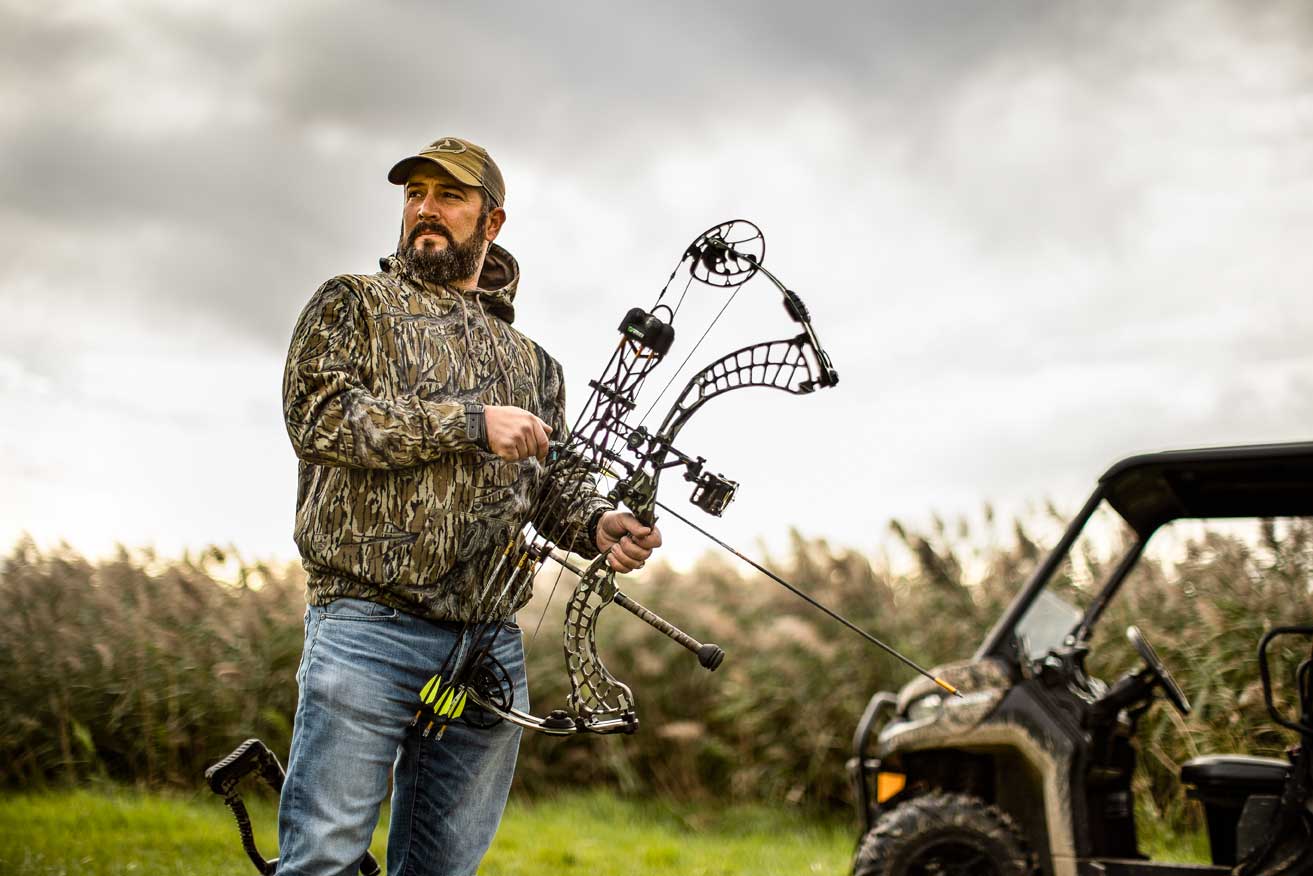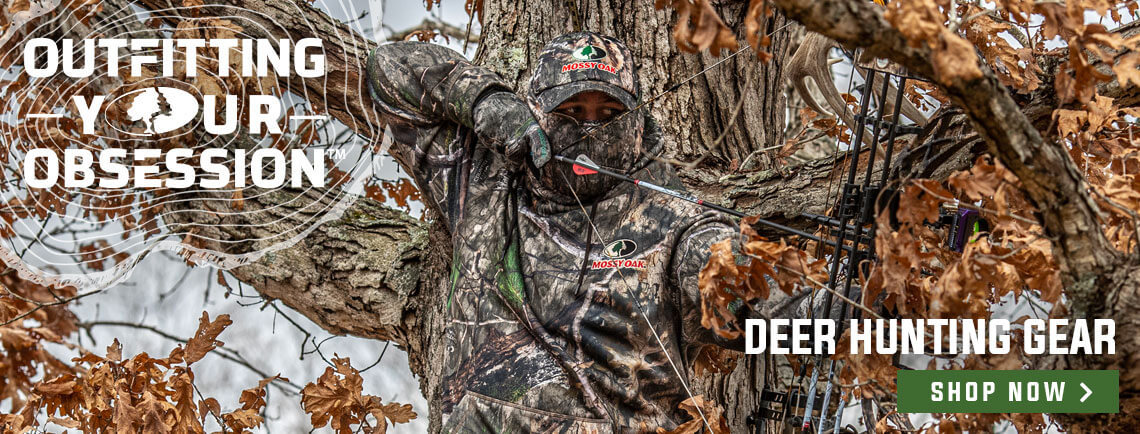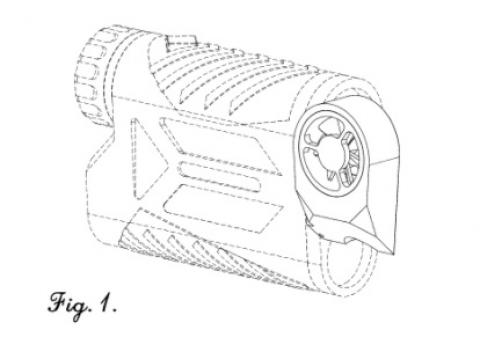Heath Wood
It is hard to believe that it has been over 30 years since the day I began shooting a compound bow. When I was eight, my parents brought me to a local archery dealer and purchased my first bow, a Bear Archery Whitetail II.
As I look back on the techniques I used when shooting, the way I practiced, and the availability of proper shooting equipment, it is no wonder an arrow fishtailing during midflight was a high possibility. Of course, when I first began shooting, I used my bare fingers or a leather shooting tab instead of a release. When I let go of the string, it would often roll across my fingers, which caused a fishtailing action when my arrow flew.
Thirty-two years later, I continue to shoot a Bear Archery bow, the Redemption EKO, which has several new designs and modern technology compared to when I began many years ago. Even though shooting a high-quality bow with modern technology equipment to accessorize it, the need to properly set up the equipment is still essential when improving overall shooting skills. One technique to improve shooting is by paper tuning the arrows. Yet, the question is often asked, if I am only a bowhunter, do I need to paper tune my arrows?
Last year, while bow hunting near my home in southern Missouri, I sought advice on improving my shooting. After harvesting a mature buck during the first week of October, where I made a perfect double lung shot at 25 yards, my confidence level as a bowhunter was higher than usual. A week or two after harvesting that buck, I returned to my stand, hoping to harvest a mature doe. After a short hour of sitting, a doe had made her way to 30 yards and was walking perfectly broadside in the wide-open field. After coming to a full draw, I settled in and made the shot. However, my first arrow fishtailed slightly to the left and flew four to six inches over the does back. “What happened?” I whispered to myself. I quickly re-nocked an arrow and drew again. This time the doe had slightly angled up the hill yet was still at 28 to 30 yards. The second arrow again had a slight whipping action, yet I hit my aiming point this time, resulting in my year's second harvest.
After harvesting the doe, I was thrilled with another successful hunt. However, I knew something wasn’t right with my shooting ability once I returned home and shot a few times. Upon asking a few people for advice, a friend suggested paper tuning my arrows.
When paper tuning your bow, often referred to as paper tuning arrows, the shooter shoots through a piece of tightly stretched paper to determine proper arrow flight. The rip in the paper shows the problem, allowing the shooter to adjust until the rip in the paper signifies perfect arrow flight each time an arrow is shot.
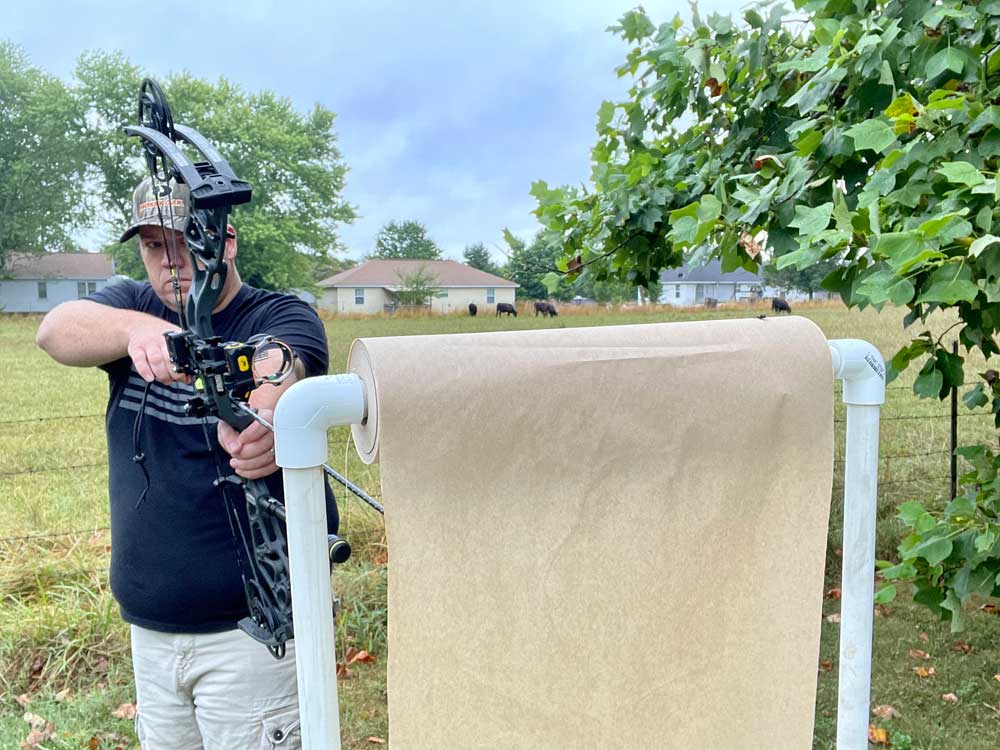
HOW TO DEVELOP A SUMMER PRACTICE ROUTINE FOR BOW SEASON
After having problems with my arrow flight while hunting, I set up a quick backyard paper tuner. I took half-inch PVC and made a square stand that would set up on a tabletop. On the top part of the stand sits a roll of thin paper. Before shooting the bow, the paper is pulled down and taped to the top of the table. Once the paper is secured to the table, I set my SEVR 21” HD Archery Target approximately three feet behind the paper. When I am ready to shoot, I stand eight feet in front of the paper and proceed to shoot through the center to see what type of flight pattern I have.
Before making any adjustments to the rest, it is vital to have the bow set up correctly. I suggest taking the bow to a local archery dealer and letting them observe it and ensure it has the proper draw length; the rest is level, appropriately attached, and is not interfering with the fletching on the arrows when shooting.
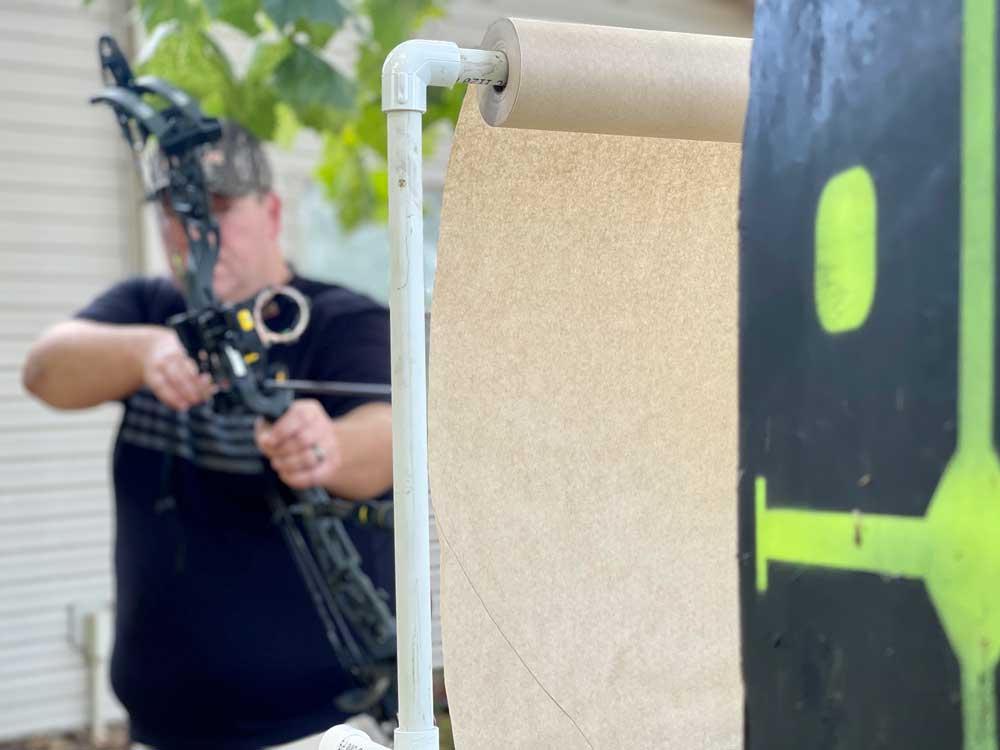
FREE PRINTABLE SHOOTING TARGETS
If the bow has been properly set up, you can proceed with paper tuning the arrows. When shooting into the paper, or every time you shoot for that matter, it is vital to shoot with a torque-free grip and good form.
After shooting once into the paper, look for a tear with three defined lines where the fletching went through the paper correctly. If the tear is tailing low, the nocking point must be raised or the rest lowered. Lower the nocking point or raise the rest if the tailing is high. Similar adjustments must be made if the tail of the rip is left or right. If tailing right, move the rest to the left. If tailing left, do the opposite and move the rest to the right. Always chase the point when moving the rest. Keep adjusting until three defined lines have been achieved.
When a bow is tuned correctly, the arrows should fly true each time. Paper tuning eliminates unwanted movements from the arrow going up and down and fishtailing from left to right, as with my arrow when I harvested my doe last fall. When a hunter has paper-tuned arrows, they will have perfect arrow flight, improved accuracy, and, most importantly, for the bowhunter, better arrow penetration. Improved accuracy and better arrow penetration allow the hunter to make better shots when hunting. When better shots are made, hunters have easy-to-follow blood trails, higher recovery rates, and fewer wounded deer, which is a top priority for hunters.

